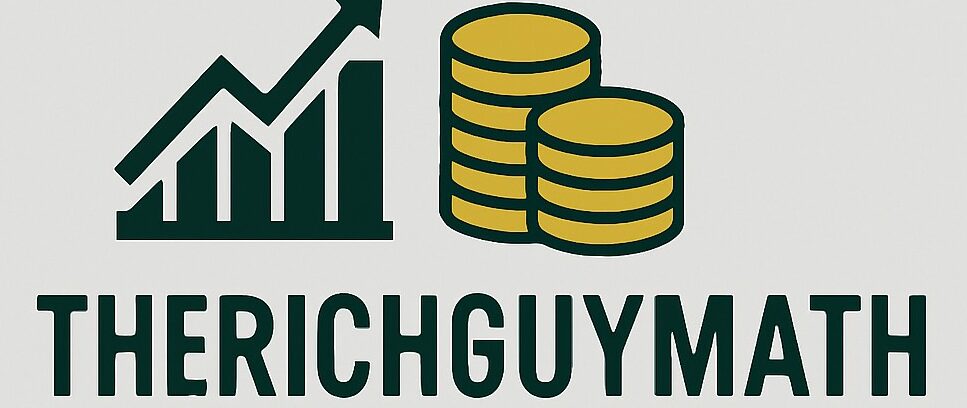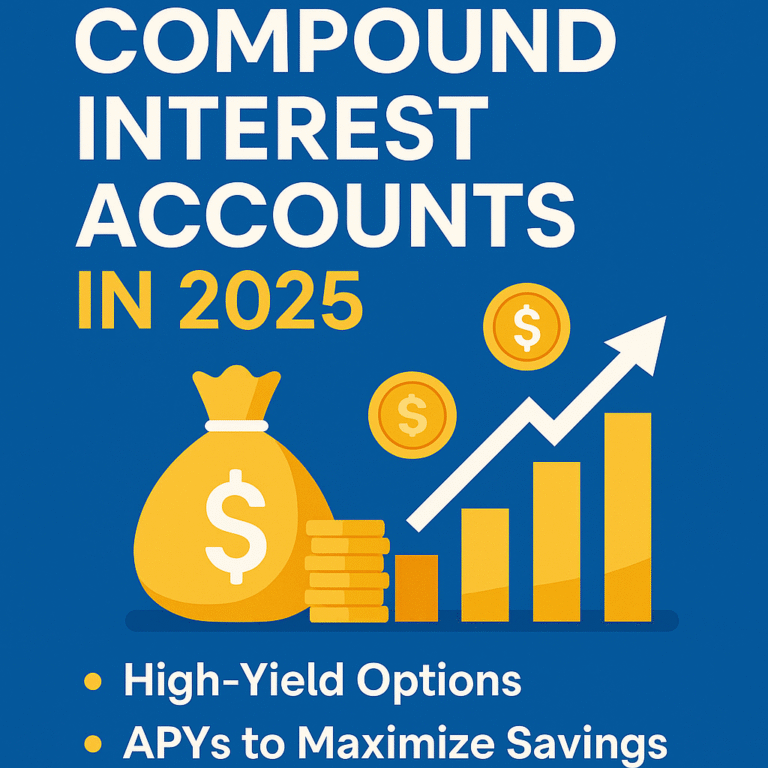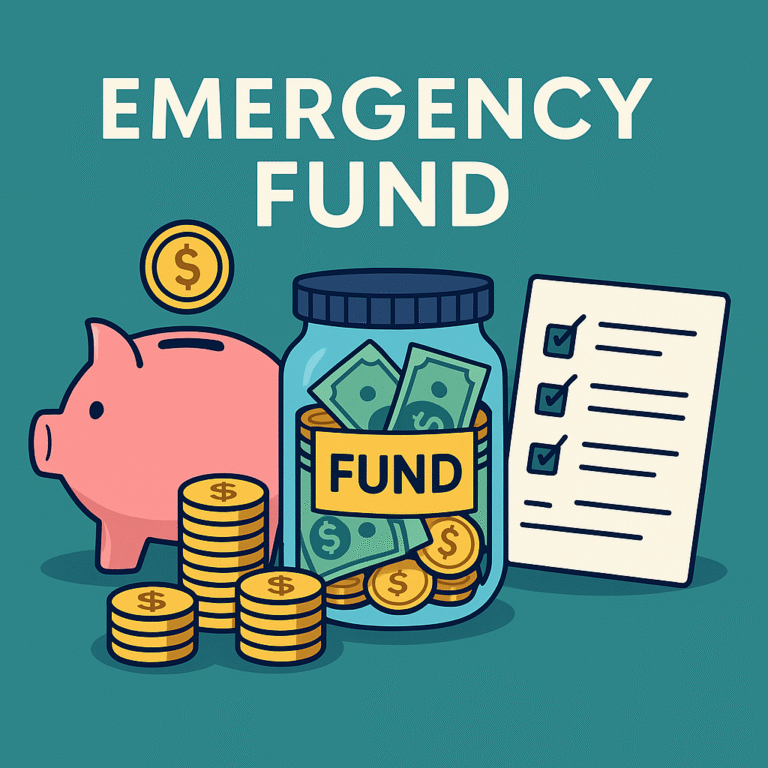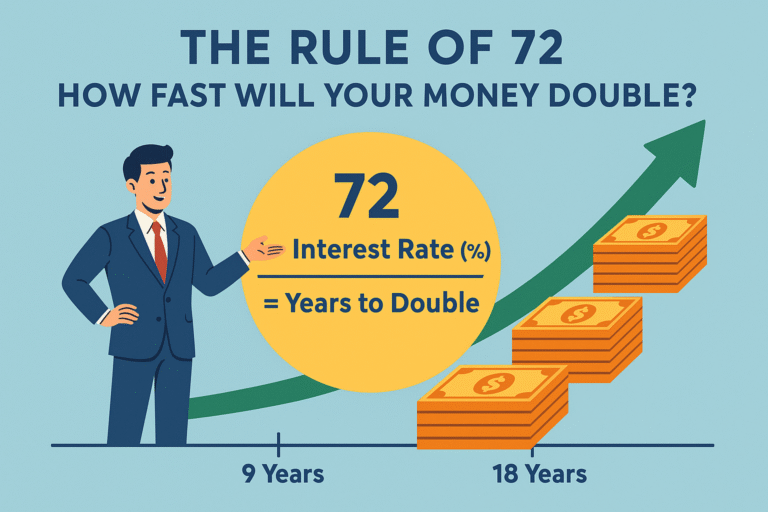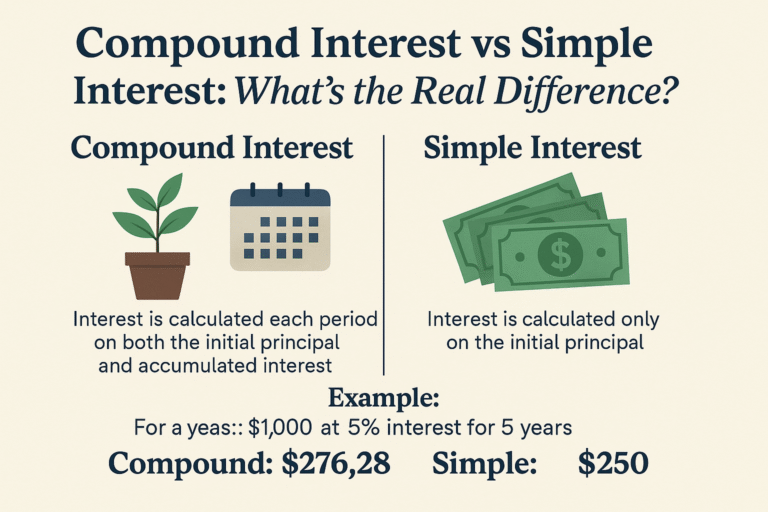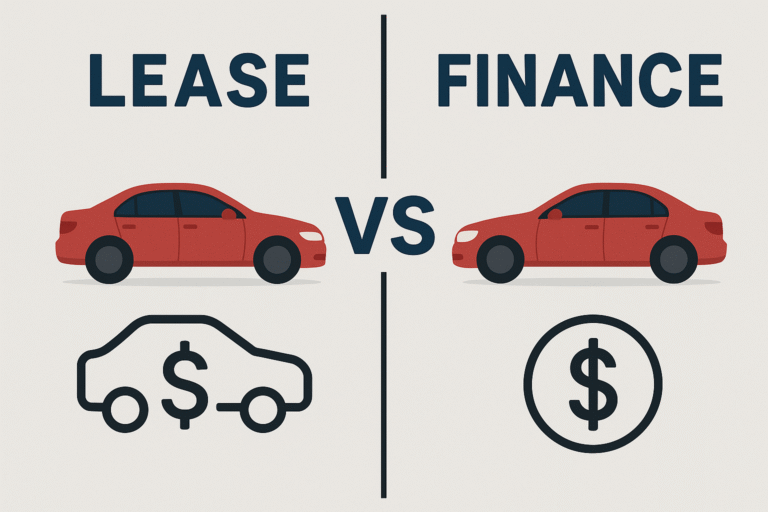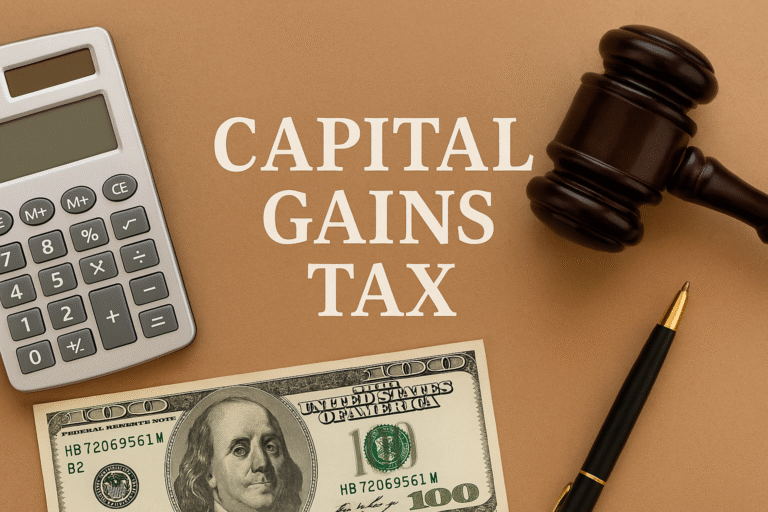Robinhood is doing more than democratizing stock trading; it’s now aiming for the credit card industry with its all-new Robinhood Gold Card. Designed for the modern investor, this card is not just about cash back; it’s about integrating your spending, saving, and investing life into one sleek financial ecosystem.
Let’s break down everything you need to know: from rewards structure and fees to how this card compares to Apple Card and Amex Blue Cash Preferred.
What Is the Robinhood Gold Card?
The Robinhood Gold Card is a cash back credit card introduced in early 2025. It offers 3% unlimited cash back on every purchase, with extra benefits if you’re part of the Robinhood Gold membership ($5/month).
Key Features:
- 3% unlimited cash back (no categories)
- No annual fee (with Gold)
- Boosted investing integration
- Virtual and physical titanium cards
- Apple Pay & Google Pay compatible
Robinhood Gold Card Benefits at a Glance
| Feature | Robinhood Gold Card |
|---|---|
| Cash Back | 3% unlimited |
| Annual Fee | $0 (with Gold) |
| Intro APR | None |
| Ongoing APR | Variable (around 19–29% APR) |
| Foreign Transaction Fees | None |
| Card Network | Mastercard |
| Other Perks | Titanium card, investing sync |
Source: https://robinhood.com/us/en/gold/card
3% Cash Back That Goes to Work
What sets the Robinhood Gold Card apart? You’re not just earning cash back, you’re building wealth with it.
How It Works:
- Earn 3% cash back on all purchases
- Cash back is automatically deposited into your Robinhood brokerage or retirement account
- From there, you can buy stocks, ETFs, or reinvest
This is where it shines over traditional cards: instead of rewards collecting dust, your cash back becomes an investment vehicle.
Who Can Apply?
The card is currently only available to Robinhood Gold subscribers. Here’s what you’ll need:
- Active Robinhood Gold membership
- Strong credit score (suggested 700+)
- U.S. residency
- A linked Robinhood brokerage account
Robinhood is currently rolling out invites, but public access is expected later this year.
Fees and Interest Rates
Robinhood stays true to its low-cost roots; this card has no annual fee, no foreign transaction fees, and no late fees (though interest still accrues).
| Fee Type | Amount |
|---|---|
| Annual Fee | $0 (with Gold) |
| Late Fee | $0 |
| Foreign Transaction | $0 |
| APR | 19%–29% variable |
Fully Integrated With Robinhood App
You can manage everything in one place:
- See your cash back rewards in real time
- Automatically reinvest rewards into your portfolio
- Freeze card, view transactions, and update settings instantly
This one-app ecosystem is ideal for digital-first users and younger investors who want fewer financial silos.
How Does It Compare to Other Credit Cards?
Apple Card
| Feature | Robinhood Gold | Apple Card |
|---|---|---|
| Rewards | 3% unlimited | 3% Apple, 2% elsewhere (via Apple Pay) |
| Fee | $0 (Gold req.) | $0 |
| Investment Integration | Yes | No |
| App Experience | Robinhood | Apple Wallet |
Amex Blue Cash Preferred
| Feature | Robinhood Gold | Amex Blue Cash |
|---|---|---|
| Rewards | 3% unlimited | 6% groceries, 3% transit/gas |
| Annual Fee | $0 (Gold) | $95 |
| Investment Sync | Yes | No |
| Complexity | Simple | High category juggling |
Verdict: Robinhood’s card is the most streamlined for flat-rate investing cash back.
Should You Get the Robinhood Gold Card?
Best For:
- Active Robinhood investors
- People who want investment rewards
- Fans of simple flat-rate cash back
- Users already on the Robinhood Gold plan
Not Ideal For:
- People who prefer rotating or category-based rewards
- Heavy travelers needing travel-specific perks
- Those outside the U.S. or non-Robinhood users
Pro Tip: Combine with Dividend ETFs
Earn 3% back, funnel it into Vanguard High Dividend Yield ETF (VYM) or SCHD, and let the compound growth begin.
👉 Read more: How to Reinvest Dividends for Maximum Compound Growth
👉 Related: Related: VYM vs VIG: Which Dividend ETF Should You Choose?
